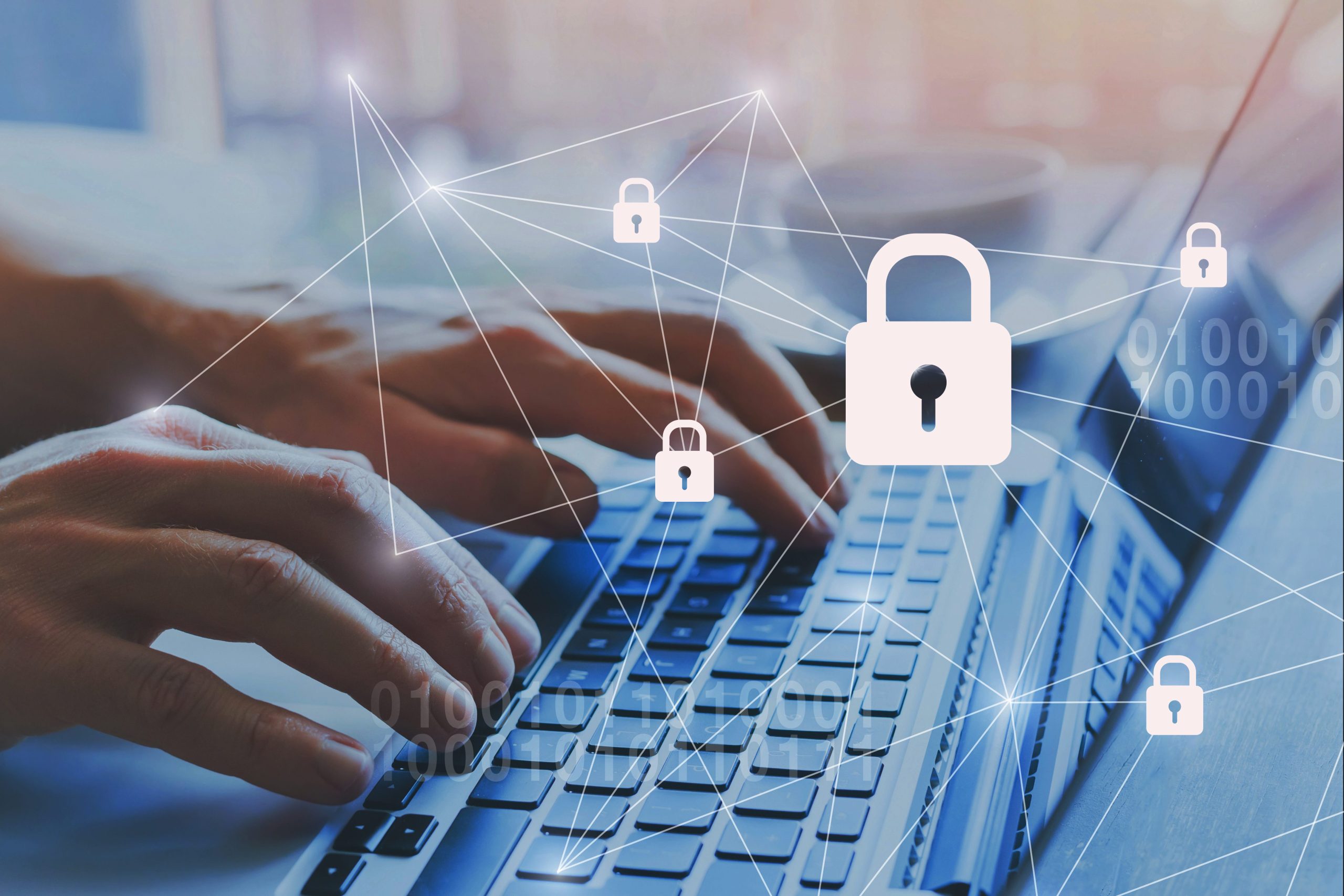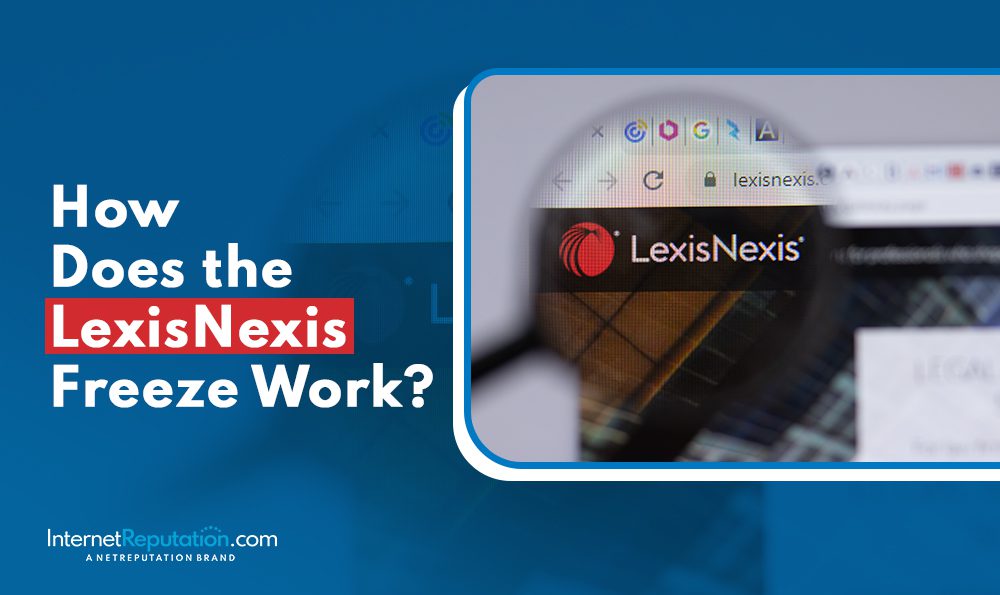Top 10 Breakthrough Tech Innovations That May Affect Online Security

As you stand on the digital shore, the tide of technological advancement inches closer, bringing with it waves of breakthrough tech innovations that promise to reshape the landscape of online security.
You’ve likely heard the buzz about quantum computing and its potential to crack encryption like a nutcracker on a walnut, but that’s just the tip of the iceberg. Artificial intelligence is no longer just a chess master; it’s evolving into a locksmith capable of picking the most intricate digital locks.
Meanwhile, the blockchain revolution, which you might trust like a bank vault, is revealing its own set of vulnerabilities. Biometric authentication, IoT security, the specter of deepfake technology, cloud computing exploits, the persistence of advanced bots, and the privacy concerns in augmented reality—each represents a frontier with its own set of challenges and opportunities.
As you navigate this brave new world, you’ll want to understand how these top ten breakthroughs could turn the tide of cybersecurity, and what it means for your personal and professional life in the digital realm.
Stay tuned, as this is a conversation you can’t afford to overlook.
Quantum Computing Threats
While quantum computing holds the promise of significant advancements, it also poses a formidable challenge to online security. With the power to process information at unprecedented speeds, quantum computers can break many of the cryptographic protocols you rely on to keep your online data secure.
They’re not just faster; they think in a fundamentally different way from the computers you’re used to. Your passwords, online transactions, and even encrypted government communications could be vulnerable.
Public key encryption, the bedrock of internet security, hinges on the difficulty of factoring large numbers—a task quantum computers could make trivial. This isn’t just a theoretical risk; it’s a looming reality.
Tech giants and governments are pouring billions into quantum research, racing towards a future where current encryption methods are obsolete.
AI-Powered Cyberattacks
AI-driven software has upped the ante for cybercriminals, enabling them to launch sophisticated attacks that can adapt and learn in real time. You’re now faced with threats that evolve, making traditional defenses less effective. Gone are the days when you only had to worry about static viruses or predictable phishing scams. Now, you’re up against machine learning algorithms that can mimic human behavior, craft personalized emails for phishing attacks, or even manipulate data to bypass security systems.
You might be thinking that your current antivirus software is enough, but it’s time to reconsider. AI-powered cyberattacks can analyze and exploit new vulnerabilities at an alarming rate, faster than security patches can be issued and applied. They can also automate the hacking process, hitting numerous targets simultaneously, which drastically increases their success rate.
It’s not all doom and gloom, though. The same technology that’s giving cybercriminals an edge can also be used to defend against them. You should be aware that investing in AI-enhanced security solutions is becoming essential. These systems can detect unusual patterns indicative of AI attacks and respond in real time, potentially stopping cybercriminals in their tracks.
Blockchain Vulnerabilities
Despite the growing reliance on AI-enhanced security solutions, blockchain technology, often touted for its robust security features, isn’t without its own set of vulnerabilities that attackers can exploit.
You’ve probably heard about blockchain’s near-impenetrable ledger, where each transaction is verified and sealed in a block. However, don’t be lulled into a false sense of security.
Firstly, there’s the risk of 51% attacks, especially on smaller, less established blockchains. If a user or group gains control of the majority of the network’s mining power, they can disrupt the transaction process and potentially double-spend cryptocurrencies.
You’re also facing smart contract vulnerabilities. These self-executing contracts are only as secure as the code they’re built on, and bugs or poor design can lead to breaches and loss of funds.
Moreover, consider the human element. Phishing attacks can trick you into revealing your private keys, giving hackers access to your digital assets.
And let’s not forget about the scalability issue. As blockchains grow, they can become slower and more unwieldy, leading to security gaps that you can’t afford to ignore.
Stay vigilant. As you embrace blockchain’s potential, make sure you’re also aware of its limitations and actively protect your investments from these emerging threats.
Biometric Authentication Challenges
Biometric authentication, using unique physical characteristics like fingerprints or facial recognition to secure accounts, isn’t foolproof and poses its own set of challenges.
You might think your fingerprint is the key to a secure fortress, but it’s not without its vulnerabilities. For starters, biometric data, once compromised, can’t be changed like a password. If someone manages to replicate your fingerprint or facial pattern, you can’t just reset it.
You’re also facing potential privacy issues. Biometric data is highly personal, and if it’s mishandled or breached, the implications can be far-reaching. There’s no opting out of your physical attributes, so once this data is out, it’s out for good.
Moreover, technology isn’t perfect. You’ve probably experienced a time when a scanner couldn’t read your fingerprint or recognize your face because of poor lighting or a minor injury. These technical hiccups can lock you out of your accounts, causing frustration and potential security risks as you seek alternative ways to gain access.
Lastly, consider accessibility and discrimination. Not everyone can use biometric systems effectively – think of individuals with certain disabilities or skin conditions. As these systems become more prevalent, ensuring they don’t exclude or disadvantage certain groups is crucial.
IoT Device Security
While biometric authentication grapples with its unique challenges, the security of IoT devices emerges as another critical area demanding attention in the digital landscape. As you dive into the world of smart gadgets and connected technology, it’s imperative to understand that these devices can be gateways to your personal information.
Your smart fridge, lighting system, or even your wearable fitness tracker all make life easier, but they also collect and transmit data. This convenience comes with a risk: if not properly secured, your IoT devices can be exploited by cybercriminals. They could gain unauthorized access, steal sensitive information, or even take control of the devices themselves.
Manufacturers are continuously working to bolster the security of their IoT products. They’re implementing stronger encryption and pushing for regular software updates to patch vulnerabilities. But you’ve got a role to play too. Always change default passwords, regularly update your devices, and consider network segmentation to keep your IoT devices on a separate network from your main computing devices.
5G Network Risks
As you embrace the speed and connectivity of 5G networks, you’re also facing a wider attack surface for potential cyber threats.
You mightn’t realize it, but these advanced networks can amplify surveillance capabilities, putting your privacy at greater risk.
Moreover, the rapid data transfer rates mean that cyber-attacks can be executed faster than ever, giving you less time to respond.
Increased Attack Surface
The proliferation of G networks has exponentially expanded the attack surface, exposing online systems to new security vulnerabilities. You’re now facing a slew of risks that weren’t on your radar a few years back. As technology races ahead, your vigilance can’t afford to lag.
Here’s what you need to watch out for:
- More Devices, More Problems: Every new gadget is a potential entry point for attackers.
- Complex Networks, Complex Attacks: Advanced networks can obscure the origins of cyber attacks.
- Faster Connections, Faster Breaches: High-speed networks mean data theft can happen in a blink.
- New Tech, New Tactics: Cybercriminals are constantly evolving their strategies to exploit the latest technologies.
Enhanced Surveillance Capabilities
G networks not only accelerate data transmission but also significantly enhance surveillance capabilities, potentially exposing your private information to unauthorized eyes. With these advanced networks, governments and corporations can deploy more sophisticated monitoring systems that can track and analyze your online activities with unprecedented precision. They’re tapping into a wealth of data, from your browsing habits to your location history.
You should be aware that this increased surveillance power comes with substantial privacy risks. As you enjoy the speed and connectivity of G networks, remember that your digital footprint is expanding. It’s crucial to take proactive steps to safeguard your data, like using encryption and being selective about what you share online.
Stay vigilant, because in this new era of connectivity, your privacy could be one step away from compromise.
Faster Exploit Execution
While you’re mindful of surveillance risks on G networks, it’s equally important to recognize that these networks can also speed up the execution of cyber exploits, putting your online security on the line. Here’s what you need to know:
- Bandwidth Bonanza: High-speed networks offer more bandwidth, allowing malicious code to spread faster than ever before.
- Low Latency Lament: Reduced latency means quicker responses from compromised systems, enabling rapid takeover and control by hackers.
- Proliferation of Points: More connected devices mean more potential entry points for cybercriminals to exploit vulnerabilities.
- Sophistication Surge: As network capabilities expand, so does the complexity of attacks, challenging existing security measures to keep pace.
Deepfake Technology Abuse
Amidst rapid technological advancements, deepfake technology has emerged as a tool for malicious actors to compromise online security by creating convincing fake audio and video content. You’re now facing a reality where seeing isn’t always believing. Scammers can manipulate videos to mimic public figures or even you, making it seem as though someone is saying or doing things they’ve never actually done. This poses a severe threat, particularly in the realms of politics, where fabricated statements can cause chaos, or in personal security, where impersonation can lead to fraud.
Imagine receiving a video call from a family member asking for emergency funds; you’d want to help, right? But what if it’s not them at all, but a deepfake designed to trick you? That’s the level of sophistication you’re up against.
As you’re aware, social media platforms are fertile ground for the spread of deepfakes, and distinguishing between truth and deception becomes increasingly challenging. It’s crucial to stay informed and skeptical. Always verify the source and look for signs of manipulation before you share or act on any information. Your vigilance is a key defense in protecting yourself from the dangers posed by deepfake technology abuse.
Cloud Computing Exploits
Shifting to cloud computing has undoubtedly revolutionized data storage and access, but it’s also opened up new vulnerabilities that hackers exploit with increasing sophistication. You’re no longer just defending a single server or network; you’re protecting a dynamic, often globally distributed infrastructure. That’s a tall order, and here’s why:
- API Dependencies: You rely on APIs to manage and interact with cloud services. If they’re insecure, you’re exposed.
- Misconfigurations: It’s easy to overlook security settings in the cloud. One wrong click can leave your data open to the world.
- Insider Threats: Your employees have access to cloud services, which means they can accidentally—or maliciously—compromise your data.
- Advanced Persistent Threats (APTs): Some hackers play the long game, lurking undetected in your cloud environment to steal data over time.
You need to be vigilant and proactive. Understand the security measures your cloud provider offers and complement them with your own. Regularly train your staff on security best practices. And always, always back up your data. The cloud isn’t impenetrable, but with the right strategies, you can significantly reduce your risks.
Advanced Persistent Bots
In the realm of online threats, advanced persistent bots represent a new level of danger as they continuously evolve to bypass security measures and compromise your digital assets. You’re not just up against one-off attacks; these bots are sophisticated, automated programs designed to relentlessly target systems until they find a vulnerability to exploit.
Imagine an adversary that never sleeps, constantly learning and adapting to new defenses. That’s what you’re facing with advanced persistent bots. They’re engineered to mimic human behavior, making them harder to detect and block. They can carry out credential stuffing attacks, scraping, and distributed denial-of-service (DDoS) attacks with frightening efficiency.
You must stay vigilant, employing the latest security protocols to safeguard your online presence. Regularly update your software to patch vulnerabilities, implement multi-factor authentication to protect user accounts, and consider using advanced bot management solutions that can distinguish between legitimate users and bots.
Augmented Reality (AR) Privacy Concerns
As you embrace the wonders of augmented reality in your daily life, you’re also potentially exposing yourself to new privacy risks. It’s important to consider how AR applications may make your data vulnerable and what that means for your personal information.
Let’s examine the implications of overlaying digital information on the real world, and discuss who gets to decide what’s shared in AR spaces.
AR Data Vulnerabilities
Augmented Reality (AR) technologies, while transforming user experiences, often expose personal data to new vulnerabilities that can compromise your privacy. Here’s what you need to watch out for:
- Location Tracking: AR apps may continuously track your location, creating a detailed map of your movements.
- Unintended Data Sharing: Interactions with virtual objects can inadvertently reveal personal information to third parties.
- Camera Access: Constant use of your device’s camera could lead to unauthorized recording or snapshots of your environment.
- Personal Data Harvesting: AR platforms might collect more data than necessary, like facial recognition details, for targeted advertising or profiling.
Stay informed and vigilant to ensure that your leap into augmented reality doesn’t leave your personal data vulnerable.
Real-World Overlay Risks
When you overlay digital information onto the real world using AR, you’re potentially exposing sensitive details about your surroundings to privacy risks. Imagine pointing your smartphone at a street to find the nearest cafe, and inadvertently sharing your location with unknown parties.
As AR apps become more sophisticated, they collect vast amounts of data to create immersive experiences. This data could include your habits, preferences, or even personal identifiers.
Without stringent security measures, hackers could exploit this information, leading to identity theft or unwanted tracking. You must be aware of the permissions you grant to AR applications and understand the privacy settings available.
Stay informed about how your data is used and secured, especially as AR continues to blend the digital and physical worlds.
Consent in AR Spaces
Navigating the emerging realms of AR, you must be conscious of how your consent is managed and protected within these virtual spaces. As you interact with augmented reality, your personal boundaries should always be respected. Here’s what you need to keep an eye on:
- Data Collection: Be aware of the information AR applications gather from you, ranging from location data to biometric identifiers.
- Opt-In Protocols: Ensure there’s an explicit opt-in process for sharing personal data, rather than presumptive consent.
- Control Over Presence: You should have the ability to control how others perceive and interact with you in AR environments.
- Transparent Policies: Look for apps that provide clear, accessible privacy policies regarding the use and sharing of your data.



